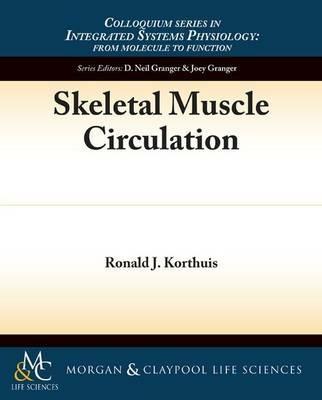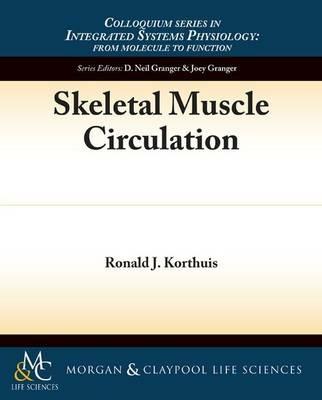L’articolo è stato aggiunto alla lista dei desideri
IBS.it, l'altro eCommerce
Skeletal Muscle Circulation
Cliccando su “Conferma” dichiari che il contenuto da te inserito è conforme alle Condizioni Generali d’Uso del Sito ed alle Linee Guida sui Contenuti Vietati. Puoi rileggere e modificare e successivamente confermare il tuo contenuto. Tra poche ore lo troverai online (in caso contrario verifica la conformità del contenuto alle policy del Sito).
Grazie per la tua recensione!
Tra poche ore la vedrai online (in caso contrario verifica la conformità del testo alle nostre linee guida). Dopo la pubblicazione per te +4 punti



Tutti i formati ed edizioni
Promo attive (0)
The aim of this treatise is to summarize the current understanding of the mechanisms for blood flow control to skeletal muscle under resting conditions, how perfusion is elevated (exercise hyperemia) to meet the increased demand for oxygen and other substrates during exercise, mechanisms underlying the beneficial effects of regular physical activity on cardiovascular health, the regulation of transcapillary fluid filtration and protein flux across the microvascular exchange vessels, and the role of changes in the skeletal muscle circulation in pathologic states. Skeletal muscle is unique among organs in that its blood flow can change over a remarkably large range. Compared to blood flow at rest, muscle blood flow can increase by more than 20-fold on average during intense exercise, while perfusion of certain individual white muscles or portions of those muscles can increase by as much as 80-fold. This is compared to maximal increases of 4- to 6-fold in the coronary circulation during exercise. These increases in muscle perfusion are required to meet the enormous demands for oxygen and nutrients by the active muscles. Because of its large mass and the fact that skeletal muscles receive 25% of the cardiac output at rest, sympathetically mediated vasoconstriction in vessels supplying this tissue allows central hemodynamic variables (e.g., blood pressure) to be spared during stresses such as hypovolemic shock. Sympathetic vasoconstriction in skeletal muscle in such pathologic conditions also effectively shunts blood flow away from muscles to tissues that are more sensitive to reductions in their blood supply that might otherwise occur. Again, because of its large mass and percentage of cardiac output directed to skeletal muscle, alterations in blood vessel structure and function with chronic disease (e.g., hypertension) contribute significantly to the pathology of such disorders. Alterations in skeletal muscle vascular resistance and/or in the exchange properties of this vascular bed also modify transcapillary fluid filtration and solute movement across the microvascular barrier to influence muscle function and contribute to disease pathology. Finally, it is clear that exercise training induces an adaptive transformation to a protected phenotype in the vasculature supplying skeletal muscle and other tissues to promote overall cardiovascular health.
L'articolo è stato aggiunto al carrello
L’articolo è stato aggiunto alla lista dei desideri


